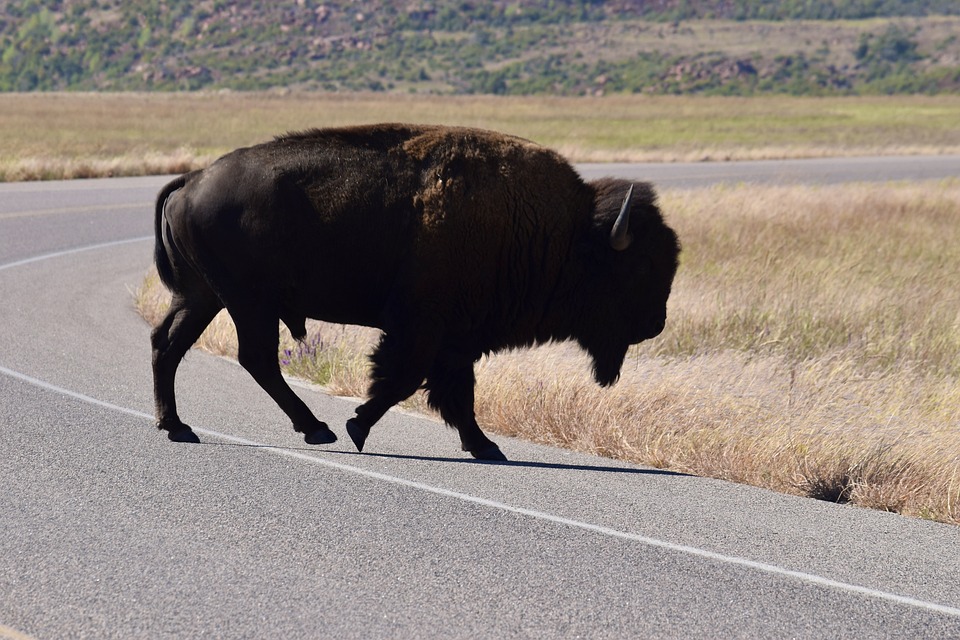The Devastating Impact of Climate Change on the World’s Most Vulnerable Communities
Climate change is one of the most pressing issues of our time, and its effects are being felt acutely by some of the world’s most vulnerable communities. From rising sea levels to intense heatwaves, the consequences of climate change are far-reaching and devastating. In this article, we’ll explore the impact of climate change on the world’s most vulnerable communities and what can be done to mitigate its effects.
Rising Sea Levels and Coastal Erosion
Communities living in low-lying coastal areas are particularly vulnerable to the effects of climate change. Rising sea levels and more frequent storm surges are causing coastal erosion, flooding, and saltwater contamination of freshwater sources. This not only threatens the homes and livelihoods of those living in these areas but also has significant economic and environmental impacts.
For example, the Maldives, a country of 1,200 coral islands in the Indian Ocean, is at risk of disappearing due to rising sea levels. The government has been working to relocate its population to higher ground, but the process is complex and expensive.
Heatwaves and Drought
Heatwaves and droughts are also becoming more frequent and intense due to climate change. This has devastating effects on agriculture, water supplies, and human health. For example, the 2018 heatwave in Europe caused widespread crop failures and loss of life.
In Africa, droughts are becoming more frequent and severe, leading to food shortages and migration. The Horn of Africa is particularly affected, with millions of people relying on aid to survive.
Displacement and Migration
Climate change is also leading to displacement and migration on a massive scale. As sea levels rise and extreme weather events become more frequent, people are being forced to leave their homes and communities behind.
According to the United Nations, over 140 million people are displaced worldwide due to climate-related disasters. This has significant social, economic, and environmental impacts on the communities that are displaced and the ones that are receiving them.
What Can Be Done?
So, what can be done to mitigate the impact of climate change on the world’s most vulnerable communities?
Image: A group of people wading through floodwaters in Bangladesh
Adaptation and Resilience
One key approach is to focus on adaptation and resilience. This involves building flood-resistant infrastructure, promoting sustainable agriculture practices, and supporting community-led initiatives to adapt to climate change.
For example, the city of Rotterdam in the Netherlands is building a new flood protection system to protect its residents from rising sea levels. Similarly, farmers in Africa are using drought-resistant crops and conservation agriculture to adapt to changing climate conditions.
International Cooperation and Aid
International cooperation and aid are also crucial in addressing the impact of climate change on vulnerable communities. Developed countries have a responsibility to support developing countries in their efforts to adapt to climate change.
For example, the United Nations’ Green Climate Fund has pledged to raise $100 billion per year by 2020 to support climate change mitigation and adaptation efforts in developing countries.
Frequently Asked Questions
Q: What is the most vulnerable community to climate change?
A: The Maldives is often considered the most vulnerable country to climate change due to its low-lying elevation and small size.
Q: How many people are displaced due to climate change?
A: Over 140 million people are displaced worldwide due to climate-related disasters.
Q: What is the most effective way to adapt to climate change?
A: Building flood-resistant infrastructure, promoting sustainable agriculture practices, and supporting community-led initiatives are all effective ways to adapt to climate change.
Q: How can individuals make a difference?
A: Individuals can make a difference by reducing their carbon footprint, supporting organizations that work on climate change mitigation and adaptation, and raising awareness about the issue.
Conclusion
Climate change is having a devastating impact on the world’s most vulnerable communities. From rising sea levels to intense heatwaves, the consequences of climate change are far-reaching and devastating. However, by focusing on adaptation and resilience, international cooperation and aid, and individual actions, we can work towards a more sustainable and equitable future for all.


